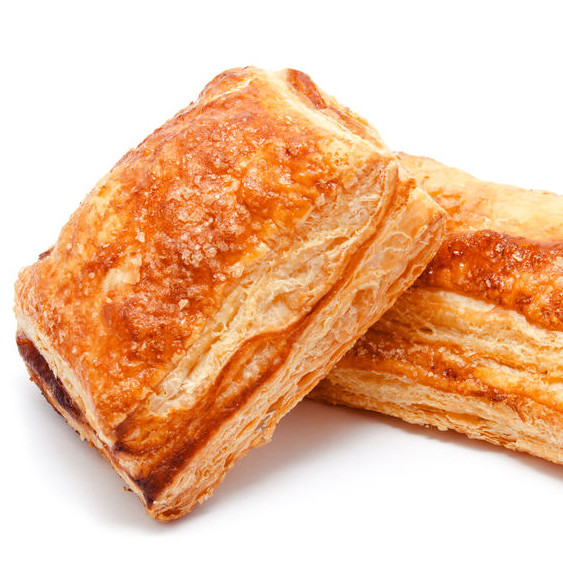
Butylated Hydroxyanisole (BHA)
What is Butylated Hydroxyanisole (BHA)?
Butylated Hydroxyanisole (BHA) is an effective antioxidant used in lipid-containing foods to prevent or delay oxidation. This preserves foods and extends shelf life. At room temperature, it forms a white or yellowish waxy solid with faint aromatic odor.
BHA is widely used in:
- Baked goods
- Cereals
- Beverages
- Ice creams
- Edible fats and oils
- Food packaging
Origin
BHA was first synthesized in the late 1940s as an effective antioxidant in various foods, cosmetics, packaging and other products. It is an aromatic compound synthesized from the reaction of 4-methoxyphenol and isobutylene.
Its use as an antioxidant in edible fats and foods containing fats dates back to 1947.1 Due to its high thermal stability and ability to remain active, it is also used in foods cooked or fried in animal oils as well as in baked.
Composition
Food-grade BHA contains over 85% 3-BHA and less than 15% 2-BHA. It is an aromatic organic compound that is commercially available as a mixture of two isomers: 3-tert-butyl-4-methoxyphenol and 2-tert-butyl-4-methoxyphenol (90:10 ratio).
Nutrition
Similar to other antioxidants, BHA can neutralize free radicals in biological tissues. So, it has a potentially beneficial role in reducing the risk of cardiovascular and other diseases. Recently, there has been some concern about potential adverse effects of BHA which helped support consumers demand to replace all synthetic antioxidants with natural ones.
Function
The basis for BHA antioxidative function involves disrupting free radicals chain reactions.This is a leading cause for deterioration of lipid-containing foods.
Properties of BHA:2
- Low melting point: 48 to 55 °C
- Insoluble in water but dissolves in fats, oils, propylene glycol, and 50% alcohol
- Works synergistically with other antioxidants (BHT, TBHQ, propyl gallate)
- Does not impart color, taste or other sensory qualities
- Acts as an antimicrobial and antifungal agent
- Helps with yeast defoaming
Application
For optimal effectiveness, BHA is typically mixed with the lipid component of a bakery formula prior to mixing the dough or batter. In some cases, a BHA emulsion is sprayed topically after the product has been baked.
Incorporating BHA at 0.02% concentration in pastry and crackers can extend the product shelf life up to 33 days.3 Similarly, soda cracker biscuits contain BHA up to 0.02% (based on lipid content).4
One limitation with BHA is its incompatibility with ferric salts.
FDA Regulation
BHA is GRAS and can be used up to a maximum level of 0.02%. FDA’s guidance on BHA as a food additive and preservative can be found in 21CFR172.110.5
References
- BHA and BHT: A Case for Fresh? https://www.scientificamerican.com/article/bha-and-bht-a-case-for-fresh/. Accessed Dec 11. 2019.
- Butylated Hydroxyanisole. https://ntp.niehs.nih.gov/ntp/roc/content/profiles/butylatedhydroxyanisole.pdf. Accessed by Dec 16. 2019.
- Madhavi, D.L., Deshpande, S.S. and Salunkhe, D. (Eds.). Food Antioxidants: Technological, Toxicological and Health, 1996. M. Dekker, Inc., New York, NY, pp. 488.
- Bassiouny, S. S., Hassanien, F. R., El-Razik Ali, F. A., and El-Kayati, S. M. Efficiency of antioxidants from natural sources in bakery products. Food Chemistry, 37(1990): 297–305.
- CFR – Code of Federal Regulations Title 21CFR172.110. Accessdata. Fda. gov. April 01. 2019. https://www.accessdata.fda.gov/scripts/cdrh/cfdocs/cfcfr/CFRSearch.cfm?fr=172.110. Accessed by Dec 16. 2019.

